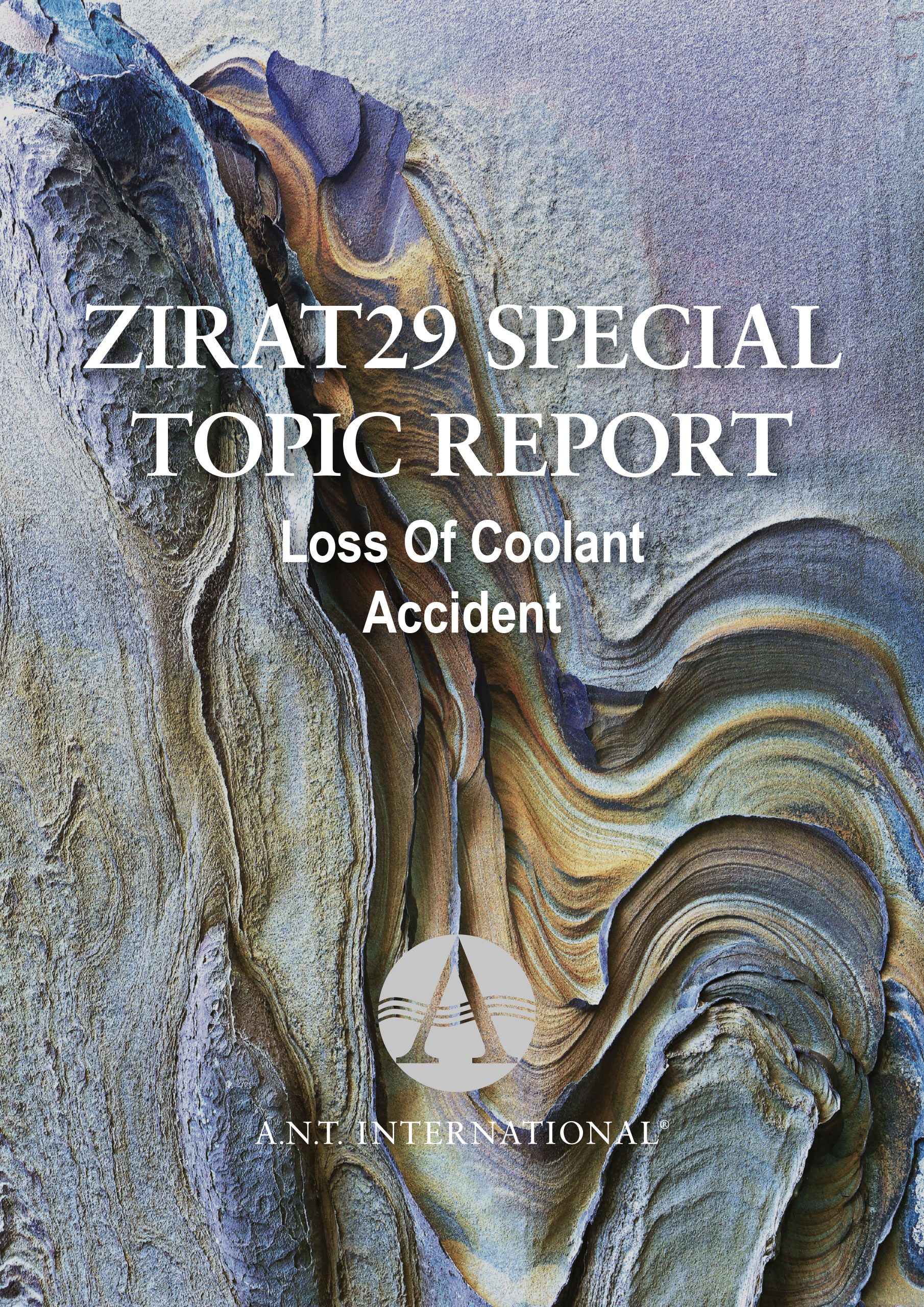
Loss of Coolant Accident (ZIRAT29/IZNA24)
During and after a Loss Of Coolant Accident, the core must be coolable, and structural integrity must be maintained. The fuel cladding temperatures during a LOCA may increase over 1 000°C, resulting in:
• Steam oxidation of the cladding
• Cladding embrittlement,
• Ballooning and burst if the rod internal pressure is large enough and,
• Finally, if the high temperatures are maintained long enough, the Zr oxidation reaction may become so exothermic that fuel rod cannot be cooled.
Fuel safety criteria in most countries are based on the United States Nuclear Regulatory Commission (USNRC) criteria. The Japanese and the French criterion are not based on zero ductility of cladding, but on the failure threshold value determined in the integral thermal shock tests under restrained conditions. The idea of this report is to tell the “LOCA story”, from physics to acceptance criteria including a short background to the LOCA phenomenon focusing on the data and information which are used in the current design approaches focusing on BWRs, PWRs, VVERs.











